The views expressed in our content reflect individual perspectives and do not represent the authoritative views of the Baha'i Faith.
Historians, anthropologists, and archeologists have all now determined that the Americas held highly-developed civilizations long before European colonization and conquest began in 1492.
This scientific conclusion counters the popular myth that only so-called “savage tribes” of primitive, nomadic hunter-gatherer groups existed before European colonizers came to the Americas.
Instead, we now know, the Americas – North, Central, and South – were the homelands of sophisticated urban and rural societies representing a wealth of cultural advancement. These “pre-Columbian” peoples built permanent settlements and cities, constructed monumental architecture, and developed highly successful agricultural practices – which first domesticated and grew between 50-60 percent of today’s most prevalent food crops.
Many of these societies featured advanced civic and social hierarchies, had well-developed governmental systems, and some, such as the Mayan civilization, built a highly-refined artistic tradition and kept written records. By any definition, these Indigenous cultures were not “primitive” at all – in fact, the archeological record of large Indigenous cities like Cahokia in Illinois, multiple Mayan city-states, and the ancient Sacred City of Caral in what is now Peru are now considered as cradles of human civilization, because some of them developed at the same time as Egyptians built the pyramids and complex urban societies arose in Mesopotamia.
RELATED: Patricia Locke on Native American Manifestations of God
In this installment of Indigenous Messengers of God, Chris and Kevin explore the implications of those early Indigenous societies.
Q: Recently, Kevin, you brought to my attention the following eyewitness account of an episode, as told in Mahmud’s Diary, that transpired on one of the 239 days that Abdu’l-Baha spent in North America in 1912, during his historic speaking tour, proclaiming the universal teachings of Baha’u’llah to a wide array of audiences:
Today, at the invitation of Juliet Thompson, Abdu’l-Baha went to [New York’s Natural History Museum]. On the first floor there were statues, figures of animals and a collection of relics of early American civilization. On observing these objects, Abdu’l-Baha said, “From these things it appears that America had a great civilization in ancient times.“
Now let’s compare this account with a similar version in the Diary of Juliet Thompson:
On Monday, 9 July, [Abdu’l-Baha] invited me … to go to the Natural History Museum. It was a broiling afternoon and I couldn’t imagine why He should want to go to that Museum, and in the hottest part of the day. But wherever He went, there I wanted to be.
When we reached the Ninth Avenue corner of the Museum the Master [one of Abdu’l-Baha’s titles], exhausted by that time, sank to a low stone ledge to rest. …
In the Museum we passed through a room in which a huge whale hung from the ceiling. The Master looked up at it, laughed and said: “He could hold seventy Jonahs!”
Then He took us straight to the Mexican exhibit, and this seemed to interest Him very much. In the great elaborately carved glyphs standing around the room He found traces of Persian art and pointed them out to me. He told us this sculpture resembled very closely the ancient sculpture of Egypt. “Only,” He said, “this is better.” Then He took me over to the cases where He showed me purely Persian bracelets.
“I have heard a tradition,” I said, “that in the very distant past this country and Asia were connected.”
“Assuredly,” answered the Master, “before a great catastrophe there was such a connection between Asia and America.”
What Abdu’l-Baha must have seen was the American Museum of Natural History’s “Hall of Mexico and Central America,” a permanent exhibition, opened around 1898, with exhibits that “featured Copan, Maya, Aztec, Tarascan, and Mixtecan-Zapotecan artifacts, casts of calendar stones, pre-Columbian codices, objects made from jadeite, gold, and copper, and ceramics.”
So what’s your take on this connection, Kevin — and how does this impact, if at all, on the claims by the various First Nations throughout the Americas to be the original peoples of their respective lands and territories?
A: Chris, the claim of “originality” is directly related to the appearance of the “Wise Ones,” the divine Messengers whose purpose is to renew and remake humanity to reflect divine attributes and mirror forth the perfections of God, expressed as human virtues.
The lyrics of a Lakota prayer-song, commonly used for healing, affirm this: “Wahúnuŋpa kiŋ phiyá wakáǧe, phiyá wakáǧe, Miyé phiyá wakáǧe.” (“I have remade/renewed humankind, I have remade/renewed, I am the One Who has remade/renewed.”)
RELATED: Why We Need to Learn About Native American Prophets
As this and innumerable other traditions attest, the divine agents, commissioned by God to remake the people and the places blessed by their footsteps, affirm a sense of identity and connectedness that transcends time and distance.
As for Abdul-Baha’s reported statement: “Assuredly, before a great catastrophe, there was such a connection between Asia and America”, this ancient “connection” did not prevent the Wise Ones and divine Messengers, later on, from appearing directly in the Americas. It would only make sense that these great spiritual teachers would appear among their own respective peoples. We should disenchant any speculation that these holy Messengers had to travel to great distances, from Asia to the Americas. Such an idea seems counterfactual and makes little sense.
In other words, the Wise Ones who were sent to guide the Indigenous peoples of the Americas clearly came from among the original peoples of the Americas themselves.


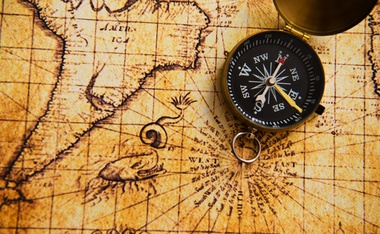

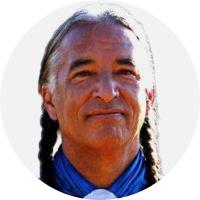



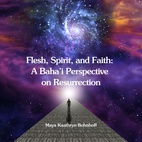
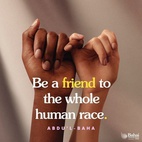
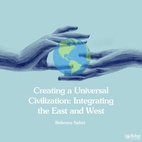
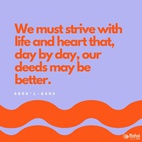
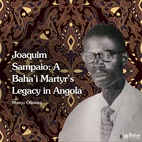
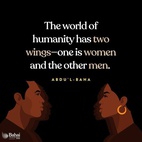
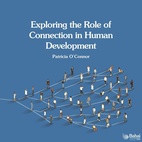
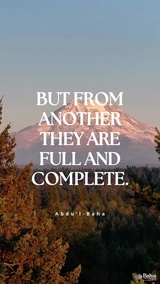


Comments
Sign in or create an account
Continue with Googleor